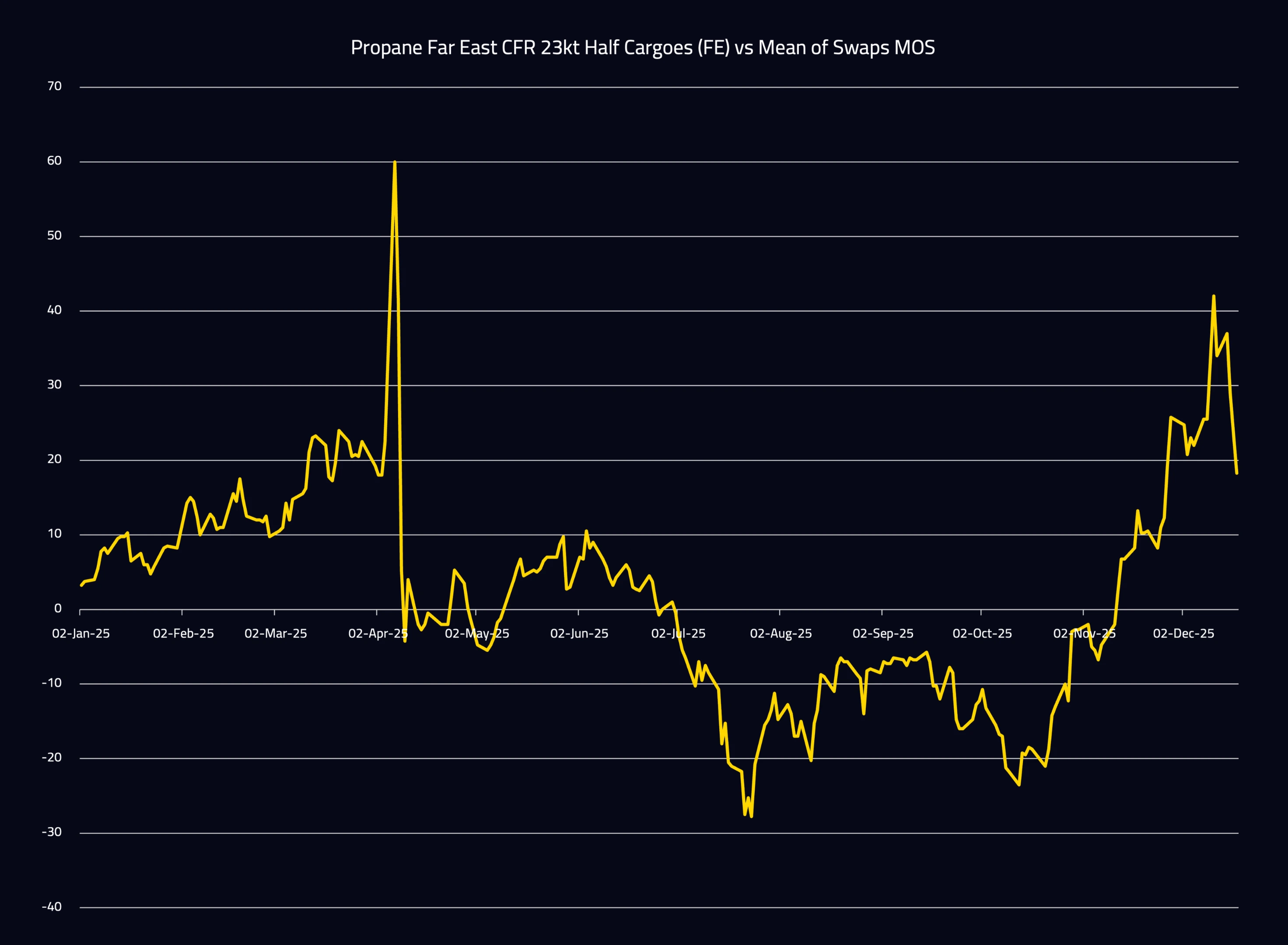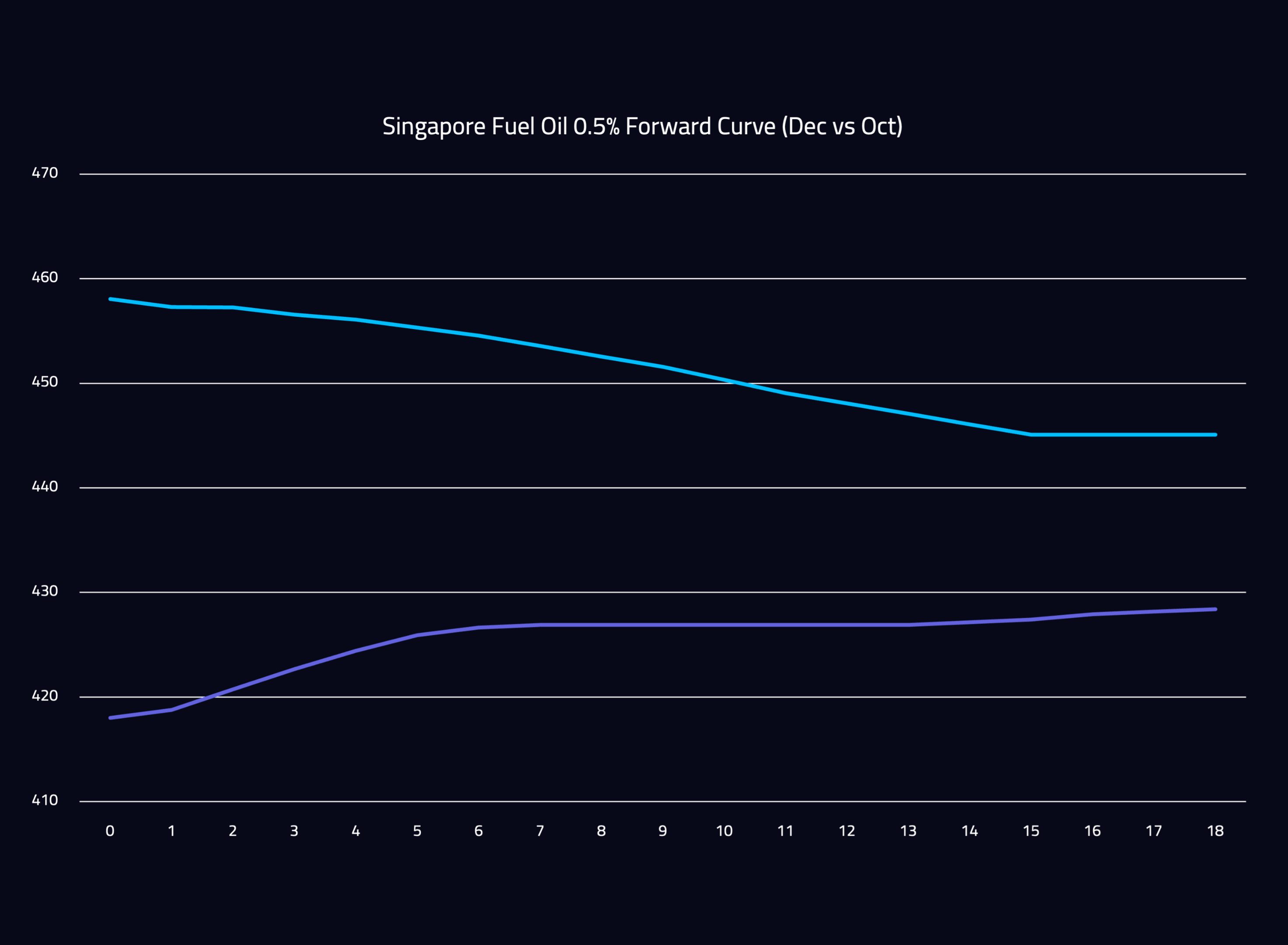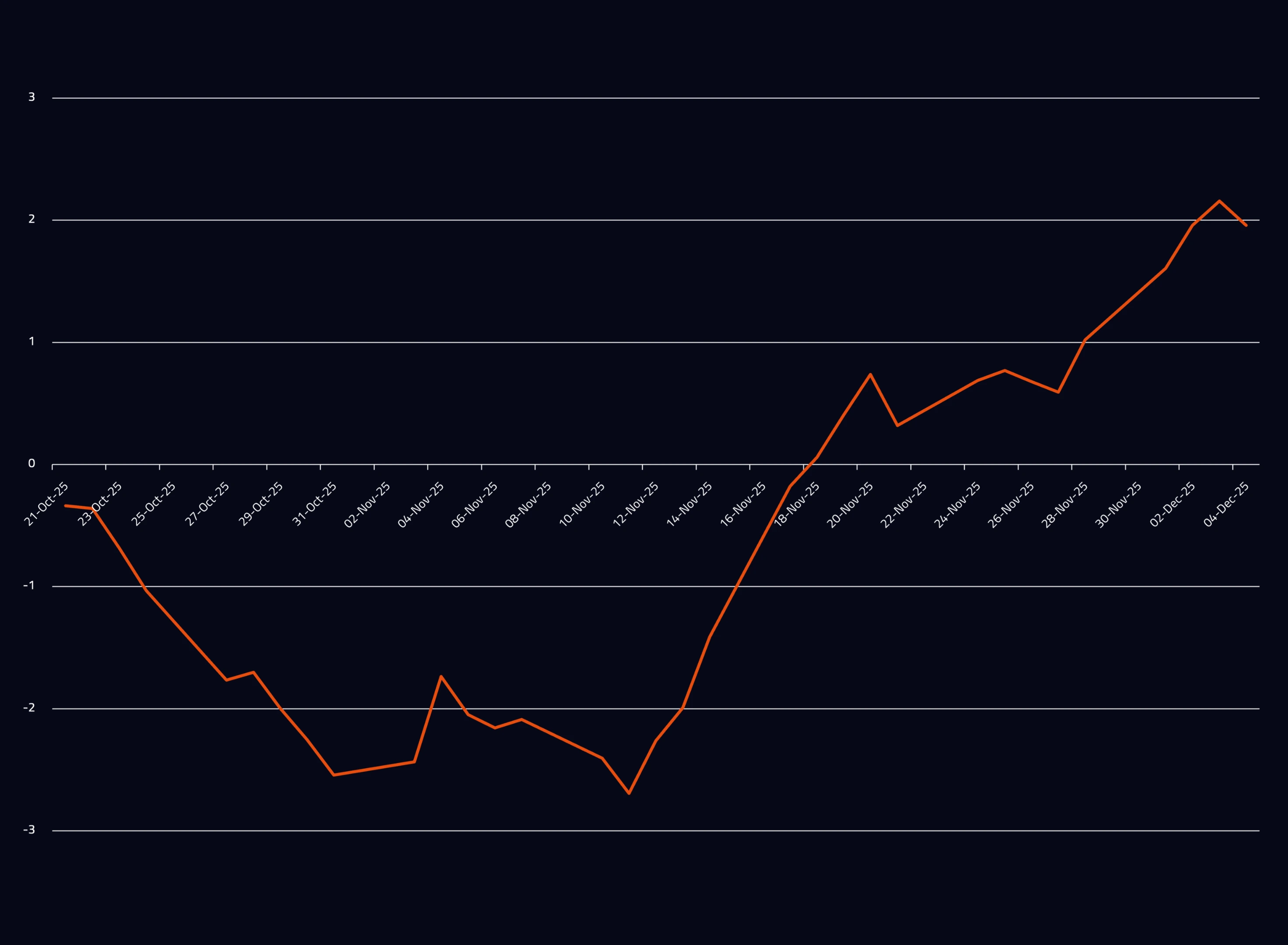Outside of the US’s prominence in global geopolitics, support of Israel, and recent involvement in nuclear talks with Iran, the impact of the Israel/Iran conflict to US oil markets is one resulting more from knock-on effects to the global oil market versus any substantial risk to continued US refinery supply. Only about 9% of US crude oil imports are from the Persian Gulf, and over the last 12 months 51% of those have been to PADD 5.
With the recent trade war, coupled with US refineries boosting operations for Summer driving season, US crude exports had declined to 5-year averages prior to yesterday’s Energy Information Administration (EIA) report, where the 4-week moving average of US crude exports jumped to historical seasonal highs. This turn around in the exports trend was due to increased Asian buying over concerns about the future availability of Iranian barrels.

Universal sentiment is that, globally, crude oil inventories are at a reasonable level to weather temporary disruptions caused by the conflict; however, even with a slight uptick in US crude production, falling net crude imports and sustained high crude runs resulted in the largest US crude oil inventory drawdown this year.

Forward structure for physical Midland-quality WTI crude oil had been stuck in a “smile” for the last few months, where near-term tightness held prompt and the following 6-7 months in backwardation, with a steady transition to contango through the out-months of the curve. The Iran/Israel conflict has remedied this structure and returned the US light curves to normal backwardation, and though benchmark futures have whipped around on headlines the last few days, prompt physical has continued to strengthen.

Physical differentials for light crude have somewhat oscillated around recent averages, as local and export demand remain mostly flat. An exception has been WTI ex-Basin, which seasonally was expected to be bid-up, but even more aggressively so given that Cushing’s inventory levels remain just above operational minimums. Friday’s WTI Ex-Basin vs ICE HOU close at +$0.40 was the strongest reading for the year, but that level proved only the start, as the differential continues to trend wider.

Heavier USGC grades have proven to be more affected by the conflict than other North American crudes, as risk to Middle Eastern supply weighs heavier on medium and heavy global balances. Mars and Southern GreenCanyon (SGC) have been trending higher since late May, largely since PADD 3 crude runs have recently exceeded previous 5-year highs, but the conflict significantly reversed short-term softness in Mars and pushed SGC to a positive differential vs ICE HOU. For the year, both the Mars and SGC differentials to ICE HOU have averaged at discounts, but recent activity will push the Mars YTD average positive, which is uncharacteristic of the grade. Both Mars and SGC, as exports, are competitors to Middle Eastern oil.

Canadian grades had been on the rise as well due to seasonal demand, and the outbreak of the conflict supported prices, but diminished threat of Canadian wildfires have pushed differentials lower.










